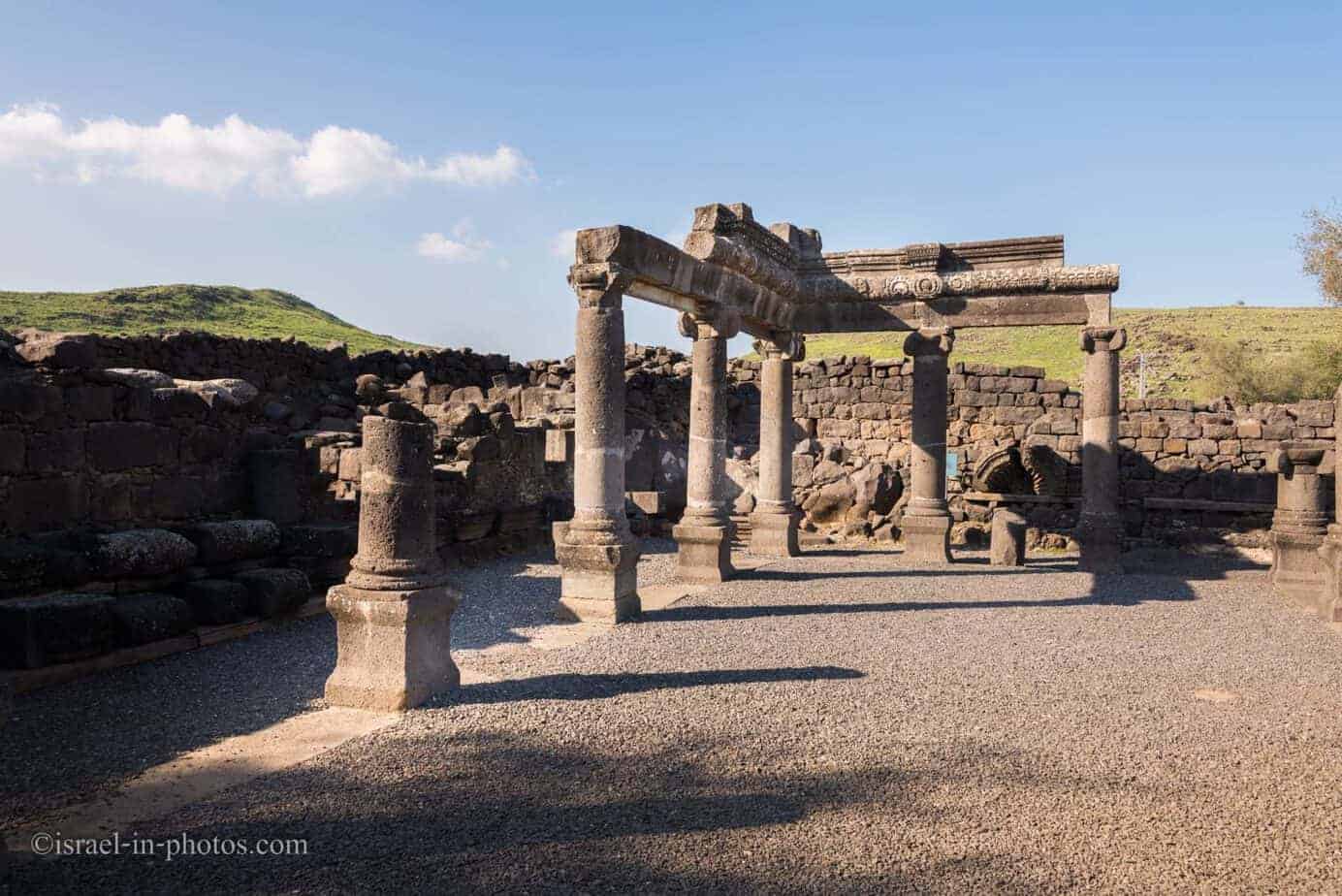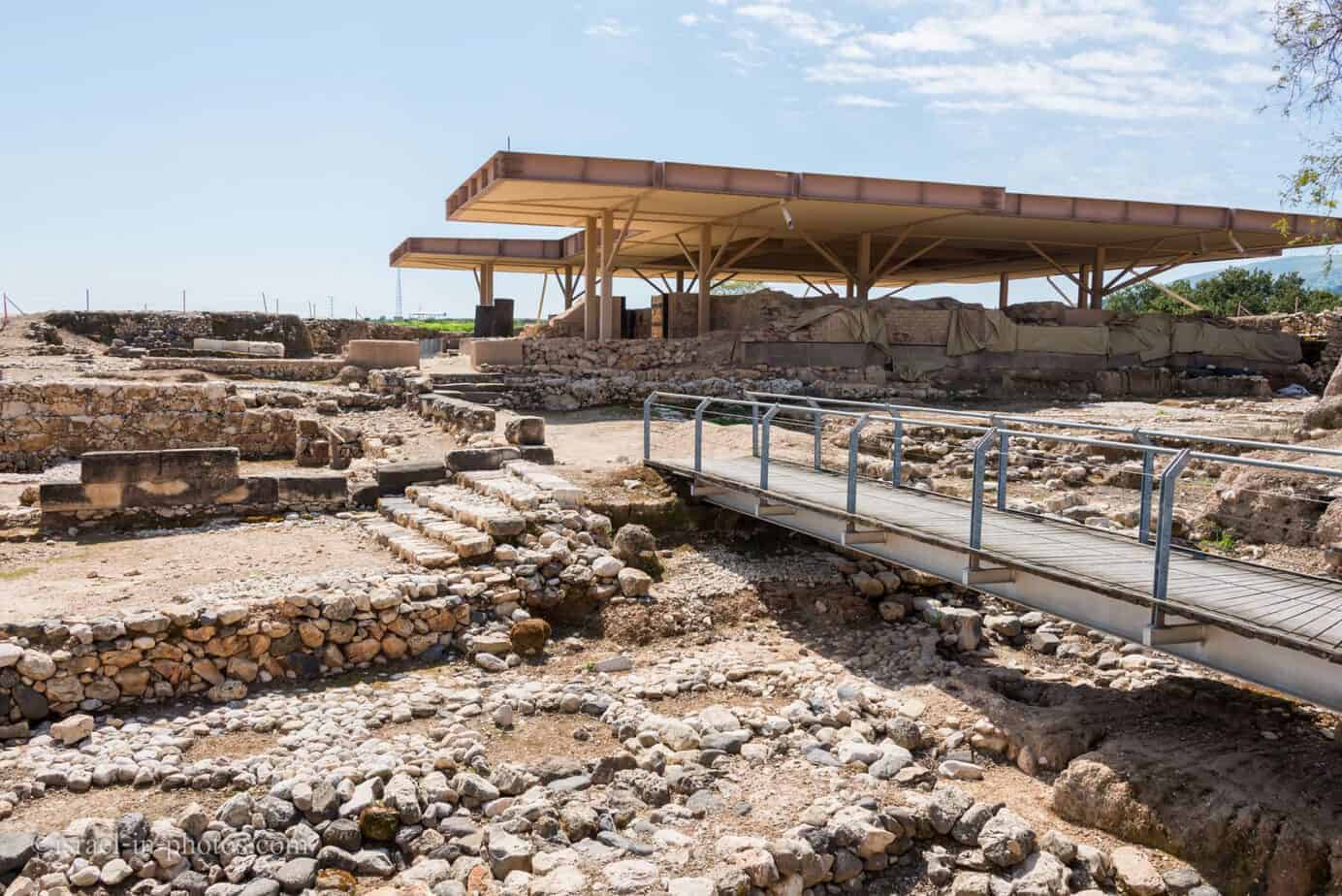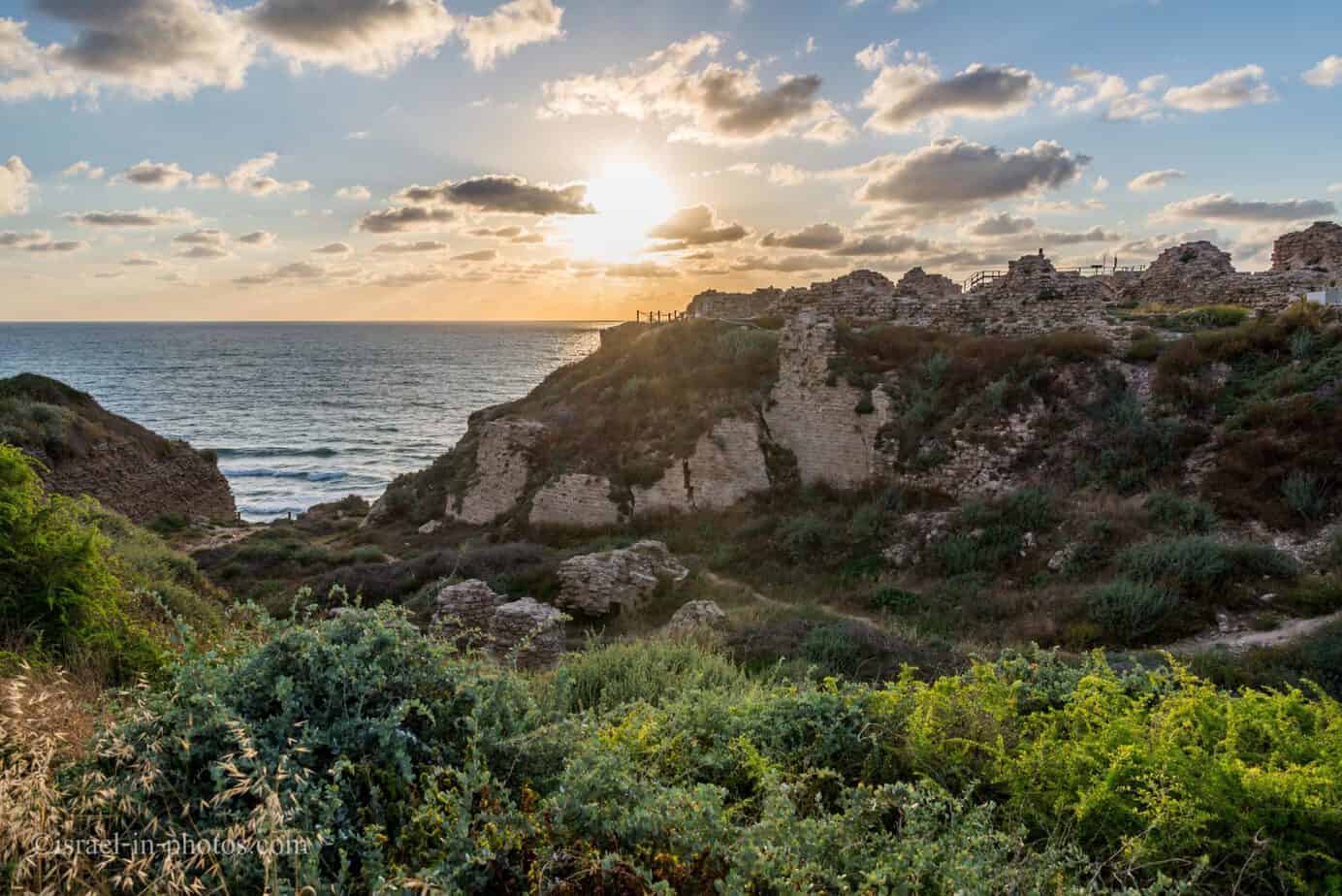HaBsor National Park (Eshkol Park) – Visitors Guide
HaBsor National Park (Eshkol Park) in Western Negev is situated near Besor Stream and is a good place for recreational activities.
Table of Contents
Map
HaBsor National Park (Eshkol Park) is located in the Negev, not far from Ofakim.
Directions for drivers: Link to Waze and Link to Google Maps
Directions for public transport: Link to Moovit
Interactive map of the area:
And here is the map of HaBsor National Park (from the official brochure):
Note: you can click on the image of the map to enlarge it.
Cycling Trails
On the map above, you can see two loop cycling trails. The trails are easy and suitable for families. The start and end points are in the shaded areas near En HaBsor.
- Green – 2.2 km
- Blue – 7.5 km
Note: there is no bicycle rental at the park. And you must bring your bicycle.
Opening Hours
Sunday – Thursday and Saturday: 8:00 – 17:00 (16:00 in winter).
Friday: 8:00 – 16:00 (15:00 in winter).
On holiday eves, usually 8:00 – 13:00.
Note: Since the pandemic, the Israel Nature and Parks Authority has started limiting the number of people in each park. Thus, reservations are recommended through the official site (you can find the link below).
Entrance Fee
Adult 24 NIS, child 10 NIS, and student 20 NIS. Free for National Parks annual subscribers.
If you visit multiple National Parks, consider purchasing a combo ticket. Additional information is available at National Parks and Nature Reserves.
Note: opening hours and ticket prices were updated in November 2022. In any case, recheck the official site before visiting.
When to visit HaBsor National Park?
You can visit HaBsor National Park all year round. But remember that HaBsor National Park (Eshkol Park) is a popular destination, especially during weekends of Festival Darom Adom. And in one of the years, we tried to visit it after a morning trip to the nearby Shokeda Forest. It was about 11:00, and Waze told us that the traffic jam by the entrance would take around 50 minutes. We drove home. And the following year drove straight to the park and arrived early. Therefore, arrive early (preferably before 9:00) to avoid traffic jams.
Facilities at the Park
- HaBsor Spring – though it is not a facility, it is worth mentioning that there are paddling pools for kids.
- Shaded picnic tables and grass areas.
- There is a playground for kids.
- Camping area.
Note:
- Fires are allowed only in approved places.
- Dogs are allowed in the garden but must be muzzled and on a leash.
Campsite
One of the reasons for the popularity of this park is the campsite.
Private tents may be set up in the camping ground, where the following services are available: toilets, hot showers, cooking area (gas), refrigerator, tables and benches, field lighting, and cubicles for re-charging mobile phones. The place is also suitable for caravans.
Note: unless stated otherwise, all quotes were taken from the official site.
The Names of the Park
HaBsor National Park, Eshkol Park, has two names. The first name is after the spring and the river that can be found on the premises of this park. And the second name is in memory of Levy Eshkol, the third Prime Minister of the State of Israel.
At Eshkol National Park
After entering the park, we drove to a parking lot near HaBsor Spring.
HaBsor Spring
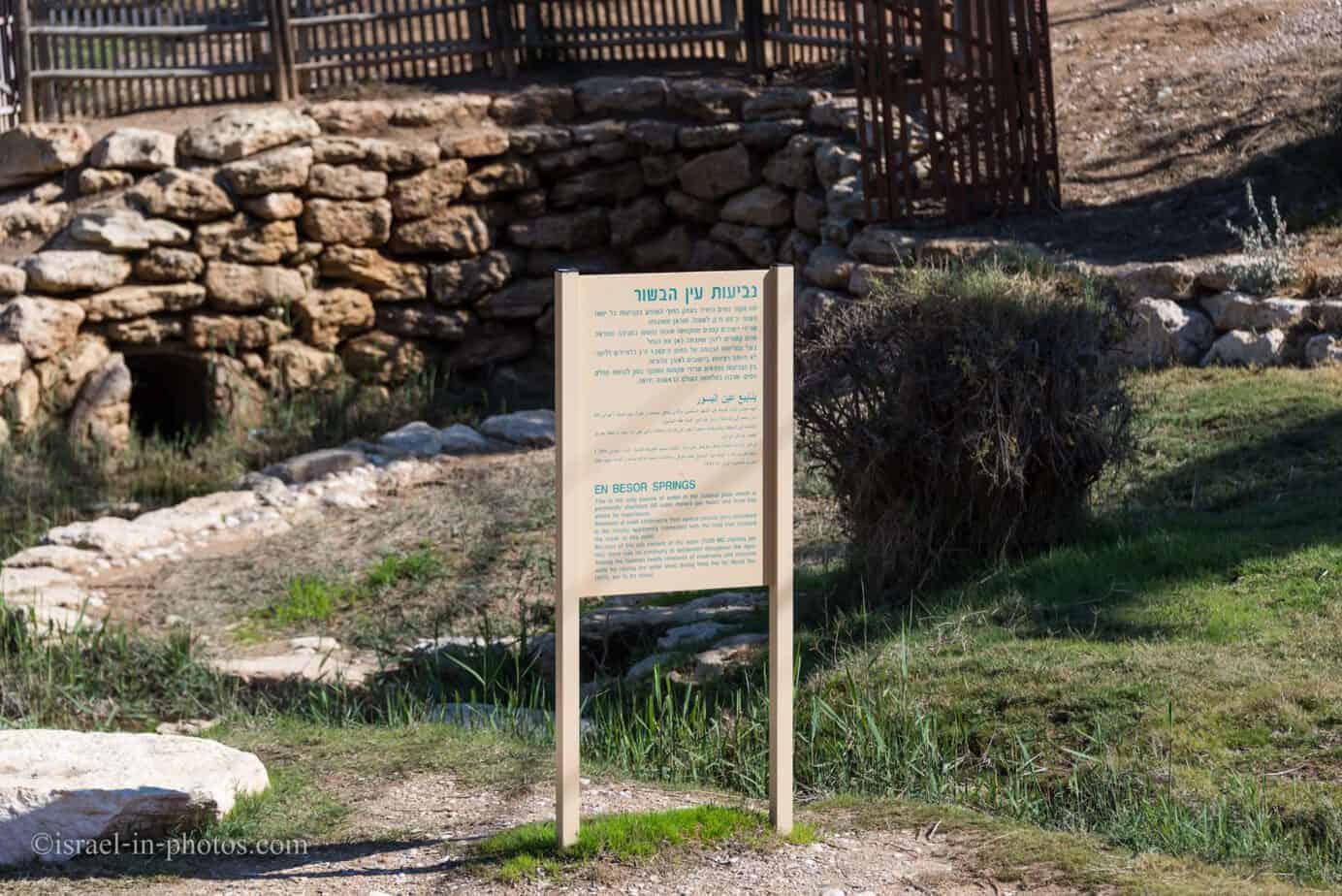
HaBsor Spring is the name of a large concentration of springs producing a total of approximately 60 cubic meters of water per hour. The water is rather warm (about 21 degrees C) with a relatively high salinity of about 1,300 milligram per liter. Nature and Parks Authority collects the waters of the springs into a stream from which they flow into a long, attractive pond. Another stream creates a series of paddling pools for children. Some of the water is used to irrigate the decorative plants in the national park and the rest flows naturally into the Nahal HaBsor channel.
During the First World War, the British built a large reservoir at HaBsor Spring, which collected 2 million liters of water. The water reached the pool via a pipe which was laid down simultaneously with the advance of the forces from the Nile, and it was conveyed night and day from the reservoir to the units at their posts using camel caravans loaded with water containers. The British built concrete facilities over the springs to collect the water and a British concrete structure still stands today at the catchment point of the spring.
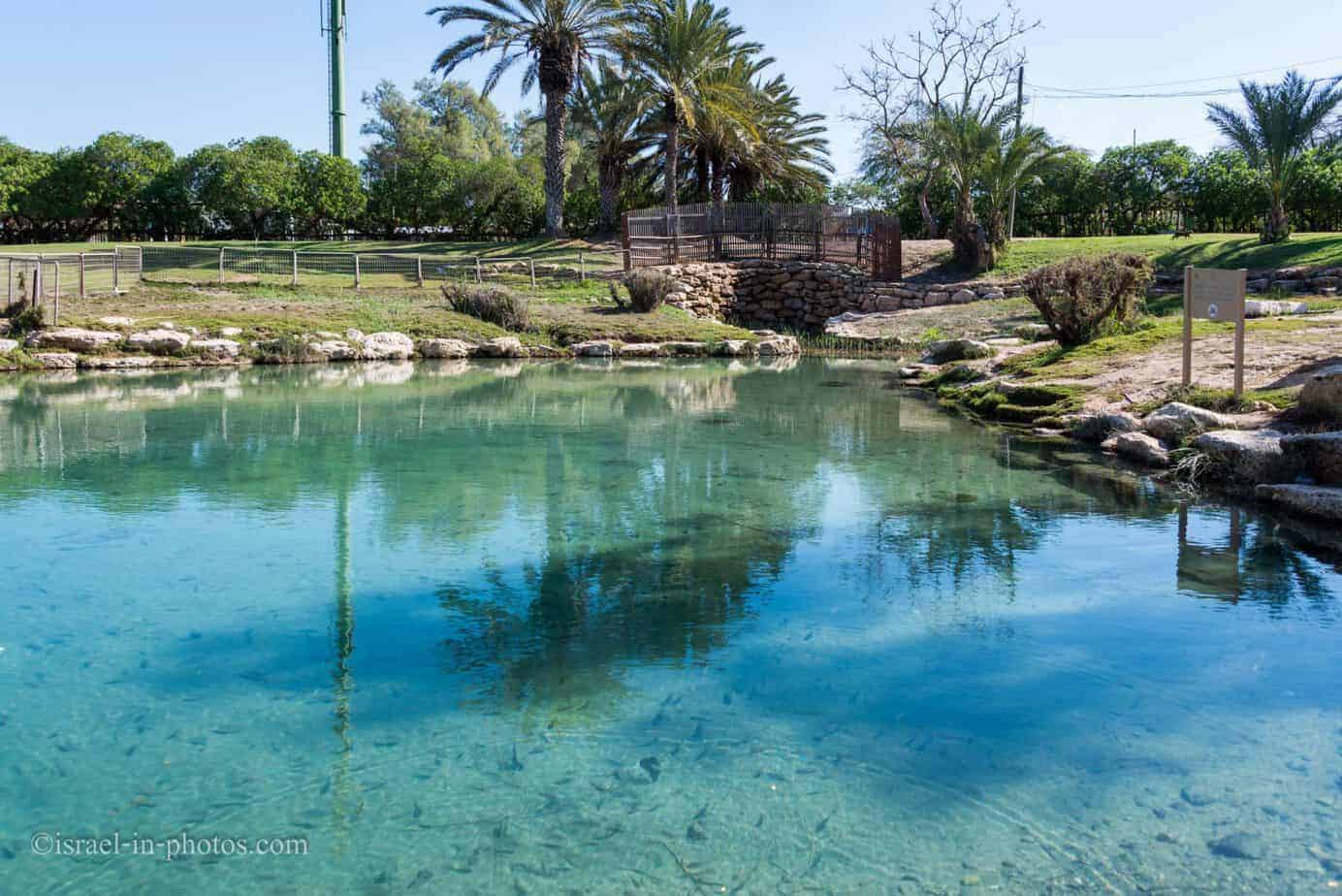
Israeli National Parks Authority uses beautiful words in the ads of Darom Adom. Like “market on water” and “attractions for kids.” When we arrived, there was nothing. We thought maybe it was still too early. Thus, we started with a short hike in the spring area.
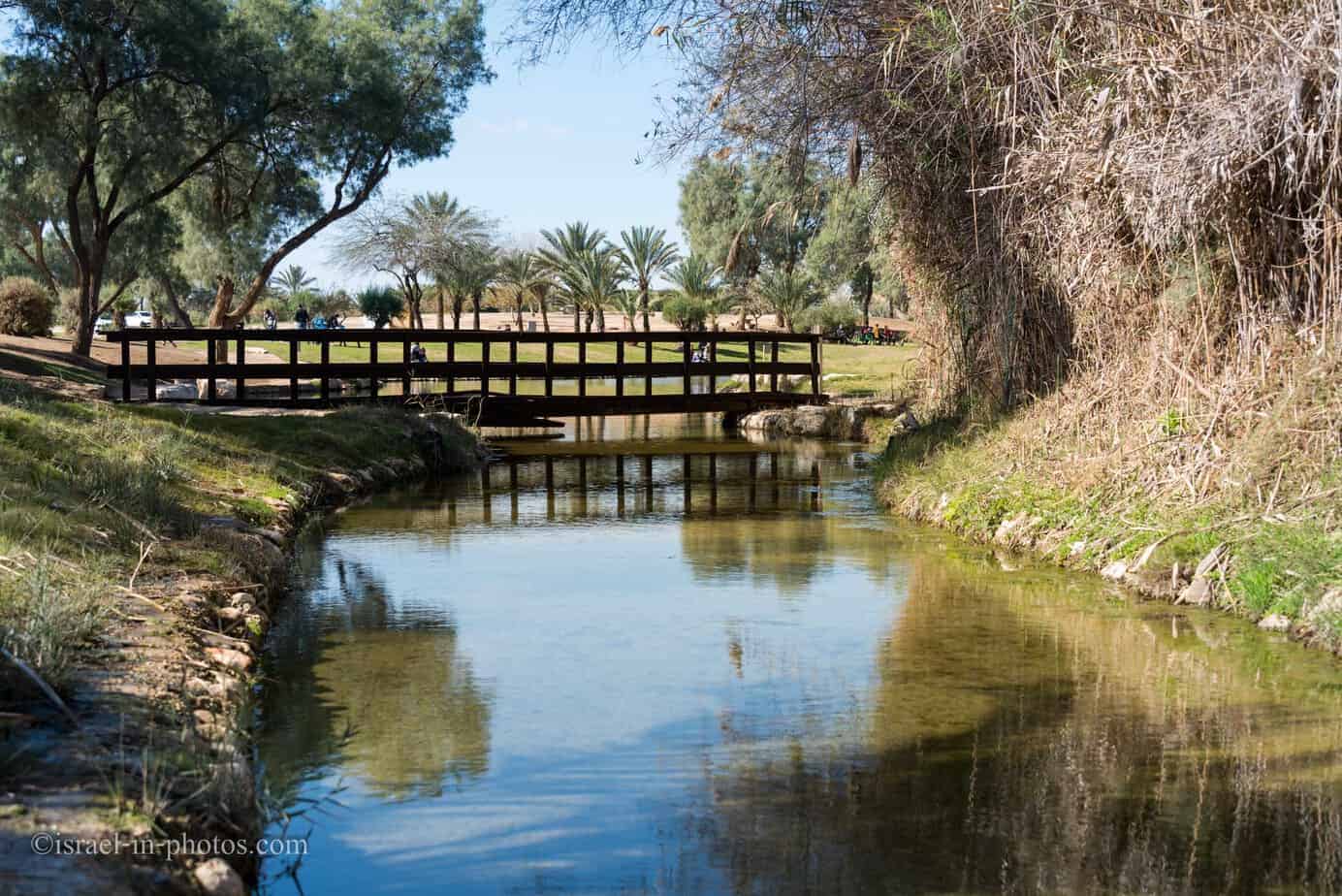
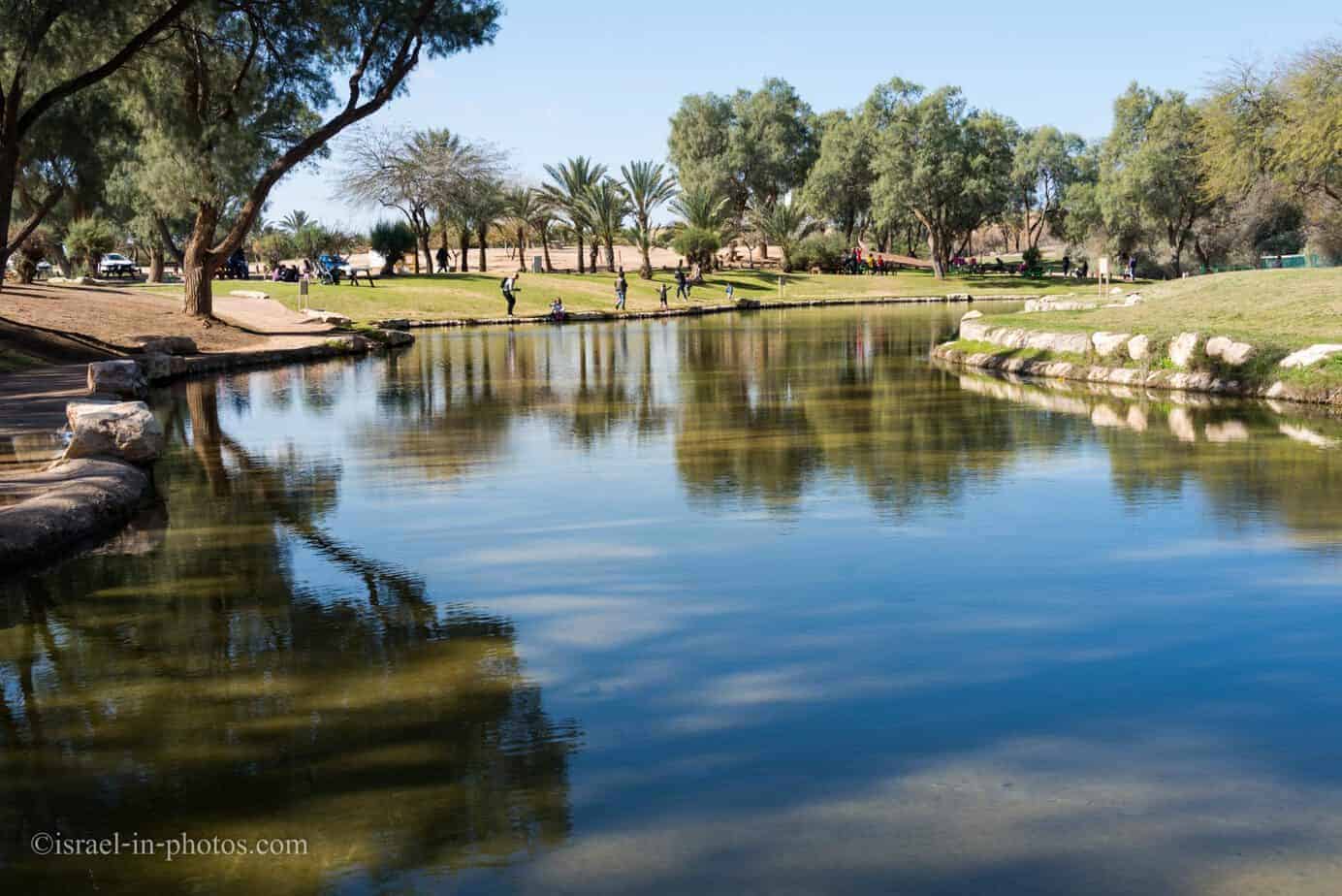
We saw a watchpoint at the end of the pond and decided to climb to the top.

The view is pretty dull.
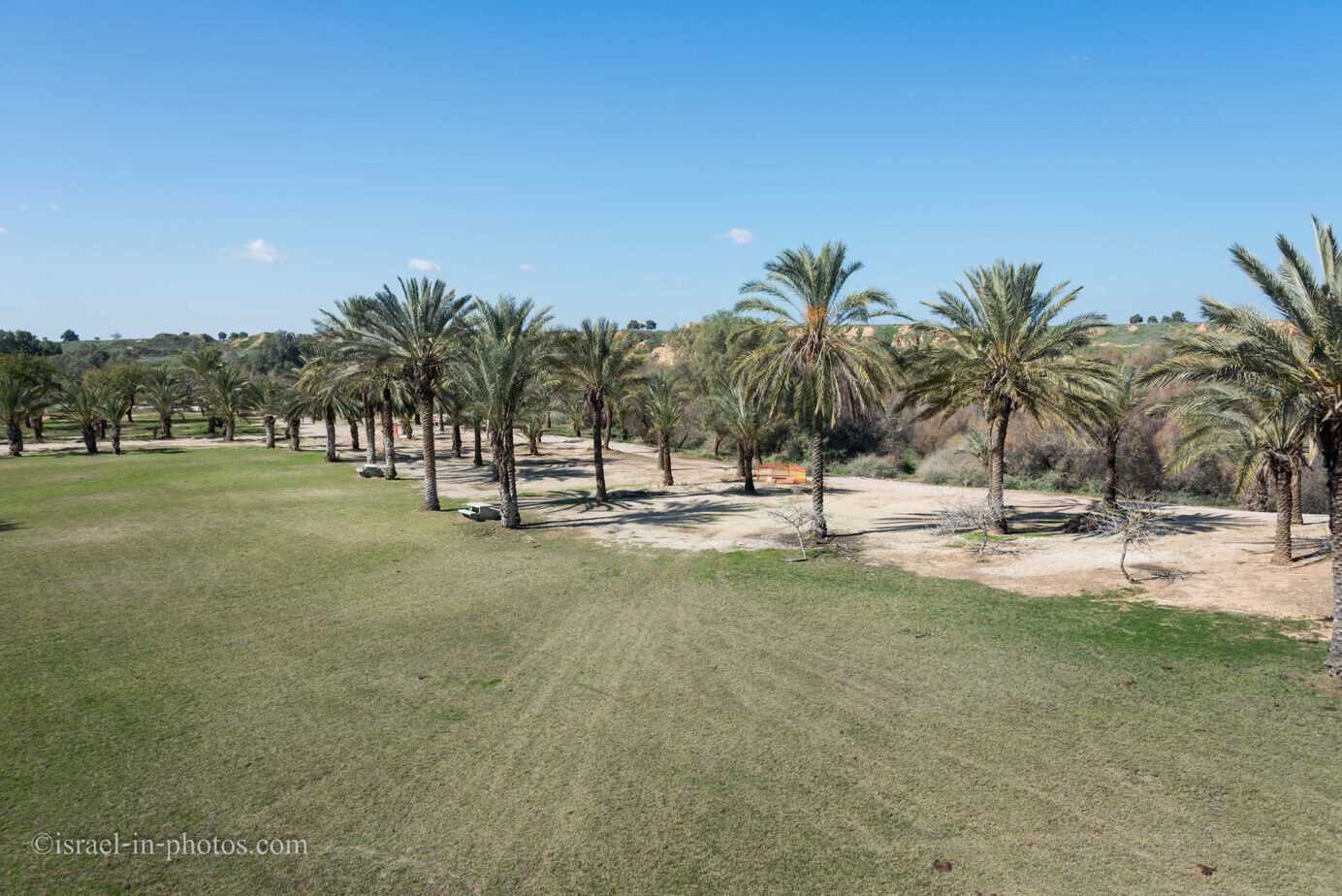
Then we returned to the parking lot and, on the way, saw this hill.

HaBsor Spring Archaeological Site
When we climbed the top, we saw the remains of the Royal Egyptian Way Station.

Some remains from an ancient building, containing a few layers of mud bricks, were uncovered at En HaBsor site, lying about 200 m. south-west of En HaBsor. Four settlement strata were found, the three earliest being from the Early Bronze Age (3300-2200 BC). At first there was a Canaanite village here, after that – an Egyptian way-station, and then a Canaanite village again. Eventually the place was abandoned, but was again re-settled in the Helenistic period (2nd century BC) and after that there was a way-station or a farm.
The site was excavated by a delegation of archaeologists from Tel Aviv University, headed by Ram Gufna and Dan Gazit. The reconstructed structure on the site exhibits the remains of the Egyptian way-station, and it testifies to Egypt’s permanent presence in Canaan already in the days of Na’armar, founder of the First Egyptian Dynasty.

It was already half past ten, and still, there was no market, no attractions for kids, nothing. We decided not to wait and drive to our next point of interest in the park.
The Railroad Bridge
You can also reach this point on foot (about 1.5 km from the initial parking), but since it was our first visit to HaBsor National Park, we took the car.
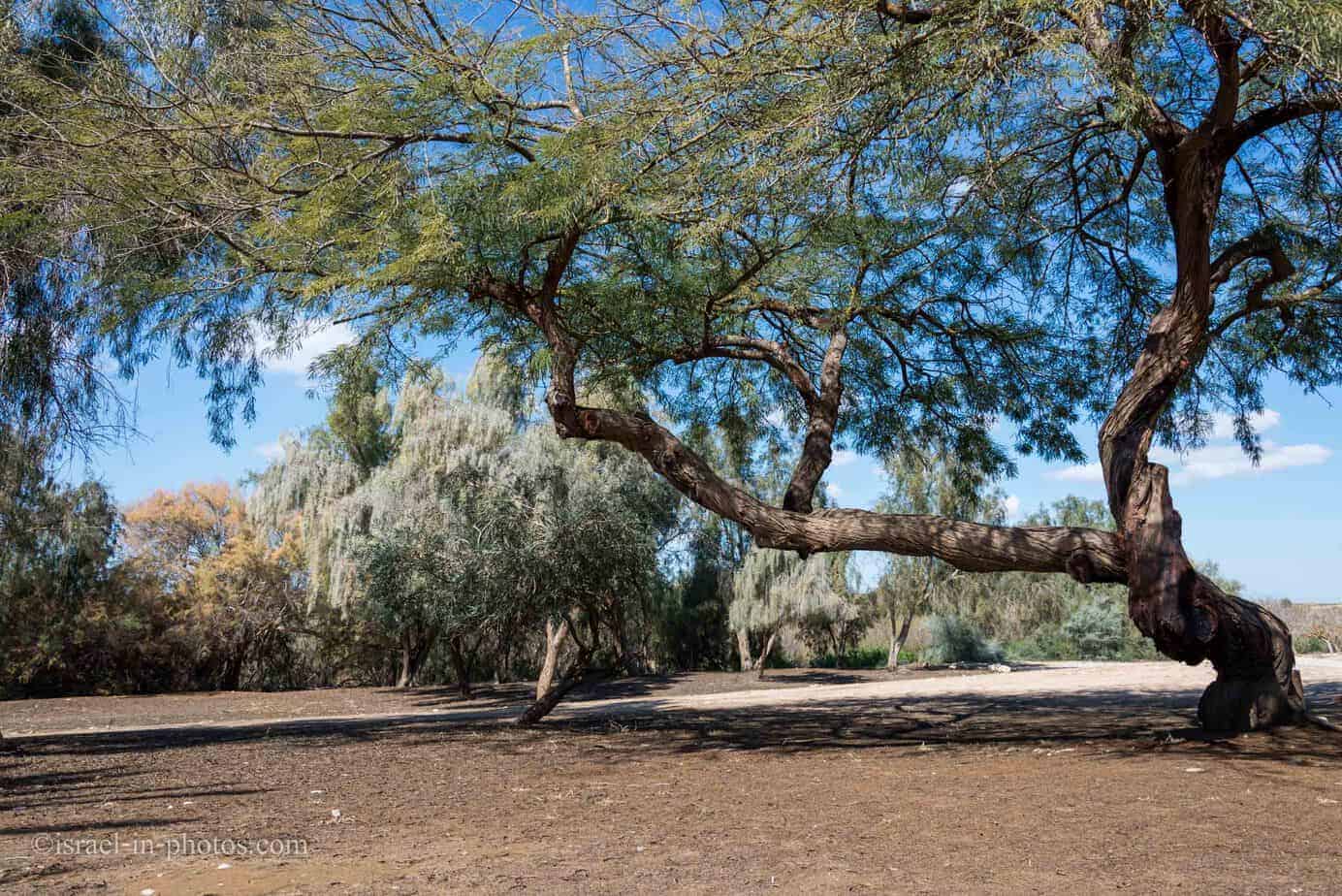
At this point, you can find train rails and an old railcar.

Since antiquity, ancient roads have crisscrossed Nahal HaBsor in the springs area, which was also the case at the time of the British Mandate. At the end of the First World War, the British laid a railroad line from Rafah to Beer Sheva. The line crossed Nahal HaBsor on a wooden bridge at just this point. The line was inaugurated on May 8, 1918, and it was in operation until July 31, 1927. The wooden bridge and the reconstructed railroad carriage commemorate the historic railroad line.
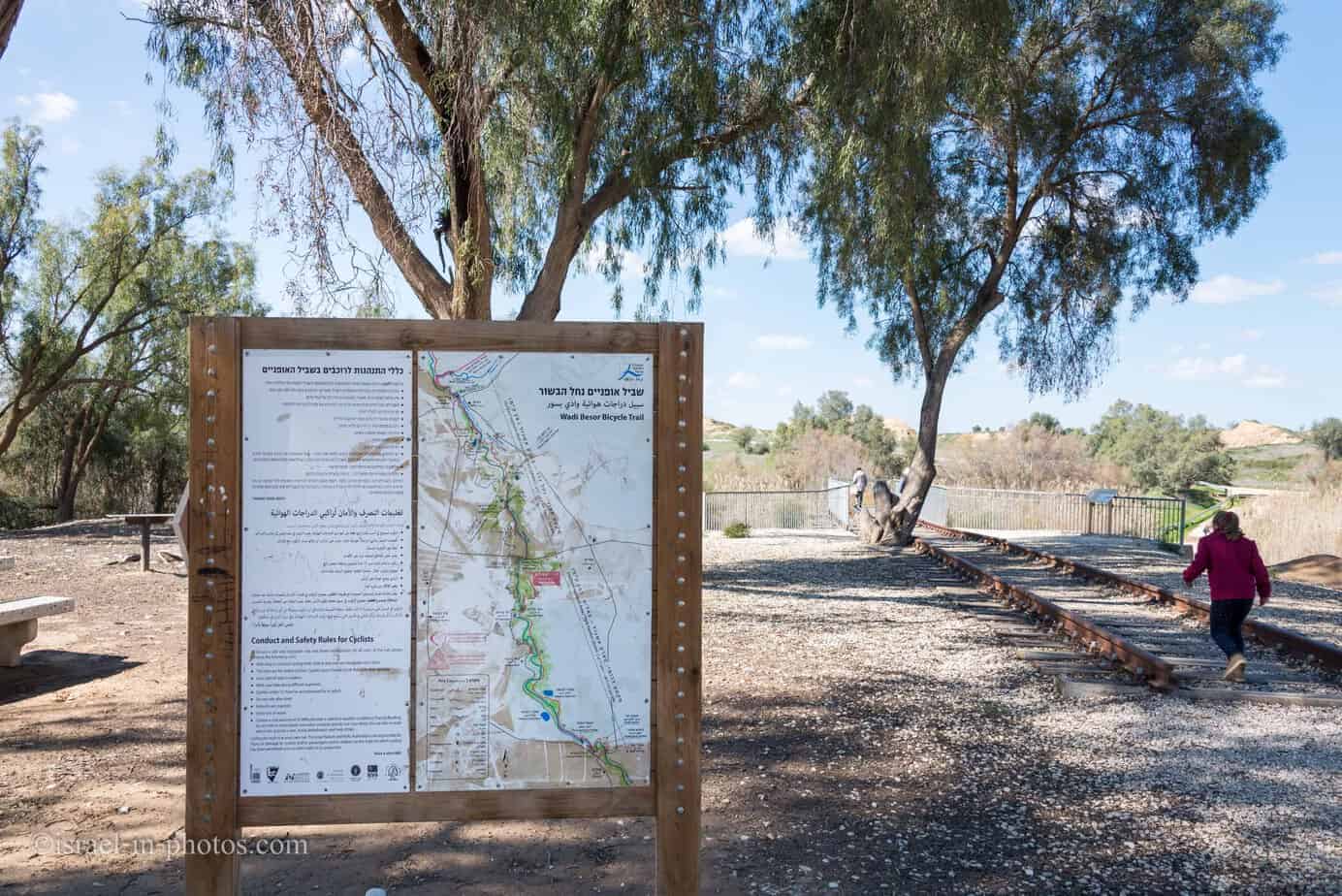
Note: if you love trains, see The Israel Railway Museum, Haifa.

If you go down, then you will find the Besor stream.

At this point, we decided to make a short hike.

We did not see many flowers, especially Anemones, at HaBsor National Park. Not even close to the number of flowers at Shokeda Forest. But there were some.

We saw many trees like this. There was probably a fire several years ago (I read that several missiles from Gaza landed in this region, so this may be the cause of the fire). And maybe it affected the number of flowers.
After the hike, we had a small picnic on-premises, and since it was still early, we decided to visit another nearby attraction, El Hayaen Ostrich Farm.
You can see the El Hayaen Ostrich Farm on the upper part of the map at the beginning of this article. And you can find additional information at El Hayaen Ostrich Farm.
Summary
After my initial visit to HaBsor National Park (Eshkol Park), I was disappointed. But that was mainly because of improper expectations. I expected a big event and significant archeological excavations. But this is not the place for that. This park is excellent for easy hikes and cycling. It is also a good place for a picnic, relaxing by the water or staying at the campsite.
For additional info about nearby attractions, see Festival Darom Adom or explore the interactive map above.
Have you visited HaBsor National Park (Eshkol Park)? Tell us about your experience in the comments below.
That’s all for today, and I’ll see you in future travels!
Stay Tuned!
Additional Resources
Here are several resources that I created to help travelers:- Trip Planner with Attractions and Itineraries is the page that will help you create your perfect travel route.
- What is the Best Time to visit Israel? To answer this question, we will consider the weather, prices, holidays, festivals, and more.
- Information and Tips for Tourists to Israel will answer the most common questions tourists have about Israel (including safety, passports, weather, currency, tipping, electricity, and much more).
- Israel National Parks and Nature Reserves include a complete list, top ten, map, tickets (Israel Pass, Matmon, combo), and campsites.
- If you are looking for things to do, here are the pages for Jerusalem, Tel Aviv, Haifa, Sea Of Galilee, Akko (Acre), Eilat, Nazareth, Safed (Tzfat), and Makhtesh Ramon.


